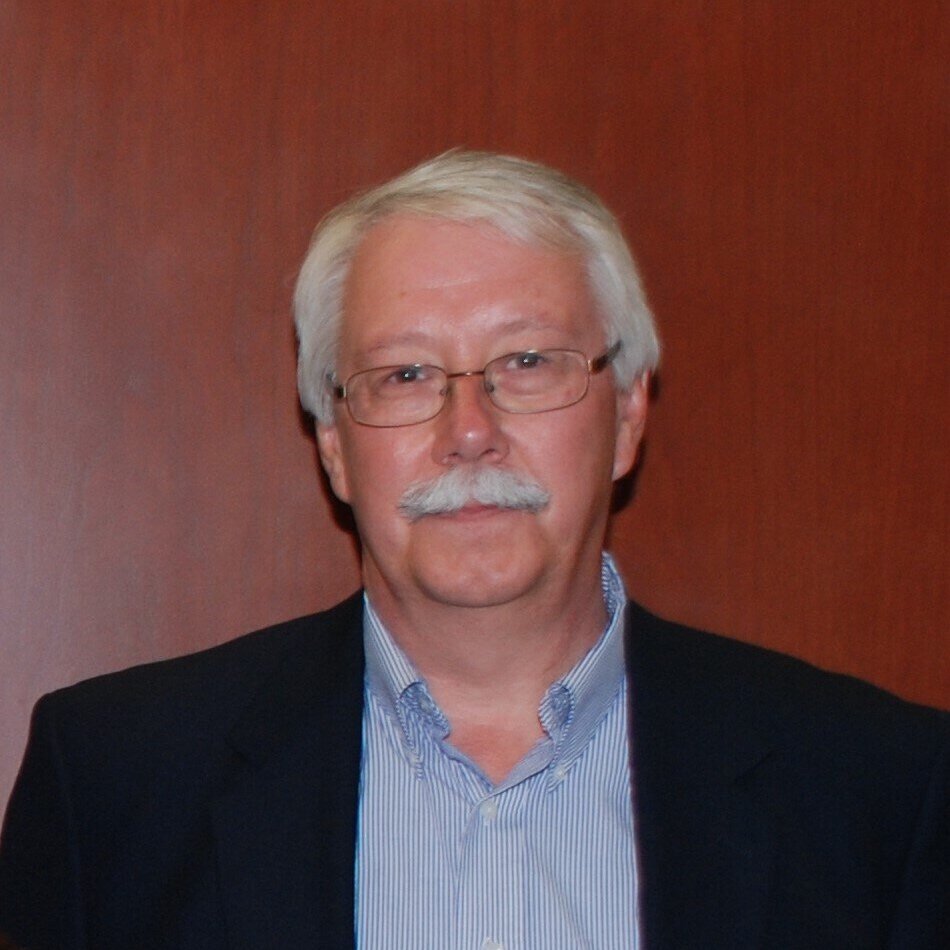Snapshot: Culling our History from the Family Album
By Peter Michel and Aaron Mayes
Before gaming, before hotels, before the tourists came, the Las Vegas valley of the 1800s was home to Native American Indians, explorers, miners, ranchers, and settlers heading to California, who wandered, set down, picked up, and mostly moved on. When the San Pedro, Salt Lake, and Los Angeles Railroad decided to use the local springs on the old Stewart Ranch to water its locomotives, and, almost as an afterthought in 1905, laid out a small townsite around its depot and train yards, the latest Nevada boom town suddenly appeared. This eruption of a new town in the desert is vividly captured throughout the early family photo albums now housed at the University of Nevada Las Vegas, (UNLV) Libraries Special Collections & Archives.
Ferron-Bracken Photograph Collection.
Top left, and bottom: Maurice and Fred Wilson and Dr. Willam S. Park Photograph Albums.
Top right: Dorothy Keeler Papers.
Upper right: Ferron-Bracken Photograph Collection.
Middle: Arlene Matthews Smith Photograph Collection.
Many of the most iconic images of early Las Vegas are from the private photograph collections of families who were here in 1905 or who arrived soon after. Some are now well-known Las Vegas “Pioneers.” The lives, families, and work of Walter Bracken, William Ferron, William S. Park, Fred and Maurine Wilson, Harley A. Harmon, and Charles P. “Pop” Squires are documented in these personal keepsakes. Other less well-known individuals like Dorothy Keeler, Arlene Matthews Smith, and Gladys Boggs Marshall also left a visual image of their young city.
To be sure, these early ‘would be’ documentarians of Las Vegas were amateurs. They were enthusiasts of the new and readily available tools of photography, and all consciously recorded and preserved their personal adventure in the desert by carefully pasting their family’s memories into photo albums, which were cherished, passed down, and ultimately donated to UNLV.
From these family snapshots come some of our most familiar images of early Las Vegas. From the town auction to the old Stewart Ranch, from Fremont Street to the railroad Depot, these snapshots have become enshrined as the iconic visualization of a ramshackle town in the desert with clapboard store fronts and streets of dirt. These photographs were plucked from their context and repurposed as representations of what was. But that is only part of the story of the early Las Vegas family albums. There are many other images surrounding the familiar historical views providing a much more personal and faceted look into the lives of the residents of early Las Vegas. The insides of their new homes, family portraits and groups, the inadvertent glance down the street or across the desert, families and friends motoring proudly in their automobiles, touring the ghost towns and canyons of this new and unexpected landscape. Theirs were lives on the new frontier, captured with their Kodak Brownie cameras, snapped, developed, printed, and lovingly placed in the pages of a “Snap Shot” photo album— family treasure and heirloom. A narrative of random and not-so-random views of history seen through a camera’s lens.
You can see the Snapshot: Culling our History from the Family Album exhibition until January 23, 2020 at the Nevada Humanities Program Gallery at 1017 S. First Street #190 in Las Vegas. It is open Monday-Friday from 1-5 pm. You can also check out a closer look at this exhibition through this December 18, 2019 story from News 3-Las Vegas, VIDEO VALUT, See Las Vegas History through the Lens of Everyday People.
Ferron-Bracken Photograph Collection
Images courtesy of UNLV Special Collections and Archives
Peter Michel is Interim Director of UNLV University Libraries Special Collections and Archives. Michel was honored with the 2019 Conference of Inter-Mountain Archivists Lifetime Achievement Award for his decades of service and leadership in the archival profession in Nevada and the Intermountain Region.
Aaron Mayes is curator for visual materials at UNLV University Libraries Special Collections and Archives. Joining the department in 2016 after decades as a Southern Nevada based photographer, Mayes actively collects and curates photography, creates his own photograph collections for the archive, and provides technical expertise to support the department’s digitization efforts.





